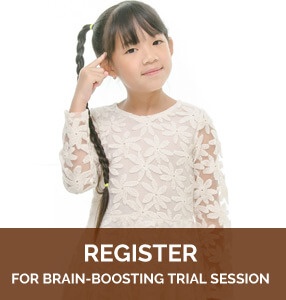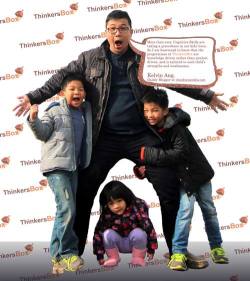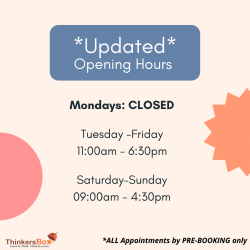All Work & No Play Makes Jack a DULL BOY.
This is most certainly true for most people but people have different takes on what is suitable for PLAY.
There are perspectives on how traditional play does not encompass the electronic tools of today, while others believe that play equates to outdoor activities. There is also the group that believes that play should be education and the group who believes that play is simply activities that brings joy to the individual.
Today we will talking about brain boost – ing games for young children!
What we are referring to is COGNITIVE PLAY.
Indeed, while you are playing the different games, there may be a need for a different set of tools. However, cognitive playing includes brain boost – ing games that may require different set of skills such as sorting, recognition, and problem solving.
In fact, there are times when parents need to teach their child new ways of playing. This works vice-versa too, and children are constantly teaching their parents new things too.
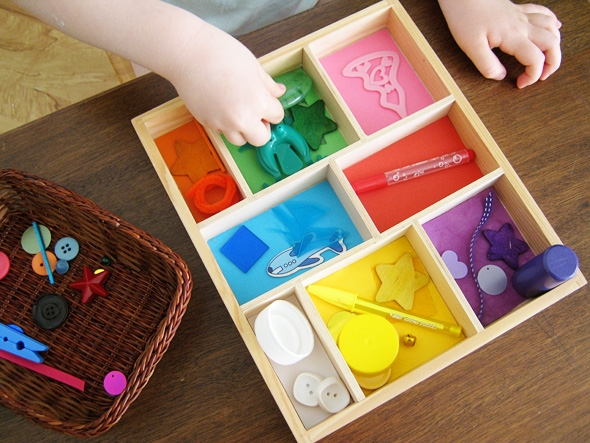
Photo Credits: Craftionary.net
Brain Boost: Repetitive Play
Repetition need not be a bad thing. Instead of utilizing the same set of questions of instructions, parents could also tweak the questions a little to change the variables. When children repeat an activity, they are also learning something new at the same time. Perhaps a faster and more efficient way of solving, or a new possibility.
With age and experience, intellectual abilities are reinforced. Do not reprimand a child because they have not ‘played’ in the way you want them to. Instead, guide and learn along with your child and discover new ways of playing and learning!
If you remember your younger years, some of us may have had blocks, colouring books or even dot-to-do books. Thinking back, they may have seemed like a silly activities, but did you know there are benefits to those activities?
Brain Boost: Dot-to-dot
Hand-eye connection – While we may not have understood this game, this game promotes hand-eye connection. Visual motor skills are developed as your child looks for the appropriate number or alphabet to connect to next.
Fine Motor Skills – By practicing in this activity, your child also learns reinforces fine motor skills. By strengthening hand and finger muscles, your child is practicing his/her writing skills. In the process, understand the amount of pressure to apply on the paper to get the desired shapes which may have rigid straight lines or perhaps curved edges.
Focus and Attention – It is easy to get lost and confused during the activity and in order to complete this activity, it requires the child to stay focus on it. How are they motivated? The reward of knowing what the picture turns out into =)
Brain Boost: Blocks
One of the best and simplest toys for playing with endless possibilities for a fun brain boost activity.
Stacking – Trains fine motor skills as well as concentration. As the tower gets higher, it’s stability decreases. Your child will need to make the correction judgement on which piece will fit, and consider the size, weight, as well shape.
Patterns, Counting & Colours – To turn up the difficulty, parents can introduce a pattern for the child to follow through, such as two reds, followed by one blue, followed by four green. Children will practice not just counting, but also pattern recognition.
Shapes, Grouping and Problem Solving – Blocks with irregular shapes will challenge children. Being oddly shaped, there may be challenges during stacking. A child will have to problem solve to determine which pieces are best left for stacking, while determining which shapes with curved edges may not be as easy to utilize. Likewise, blocks of irregulars sizes and shapes will allow your child to sort them so as to better problem solve which fits and which does not.

Picture Credit: X
Brain Boost: Chain Reactions
Chain reactions is a fun activity that requires great attention, focus and patience. There are numerous tools that can be utilised such as dominos, Uno/Jenga pieces. Teach your child how to make a trail of the pieces and allow your child to start the ball rolling for the toppling session.
In the process, there may be accidents which can ruin the process. This will teach the child about dealing with disappointment while reinforcing the importance of carefulness and focus. When you child practices lining the pieces together, they are also problem solving, such as if the block will fall short of the next piece, calculating the distance between the different pieces.
Up the level: Introduce other toys such as small balls, toy cars, or perhaps even use blocks to make an additional level.
Here’s a fun domino chain reaction video:
Brain Boost: Touch & Feel Box
This activity is more suitable for younger children. Have a box decorated by your children. It can be a tissue box for smaller objects or perhaps a bigger carton for bigger tools. This activity will help to improve your child’s senses as well as allow them to explore their vocabulary when describing the object.
For example:
- Put an object into the box, have the child put his hand into the tissue box opening and touch the object.
- Let him describe the shape, size and texture.
- Ask the child to make a guess what the object is.
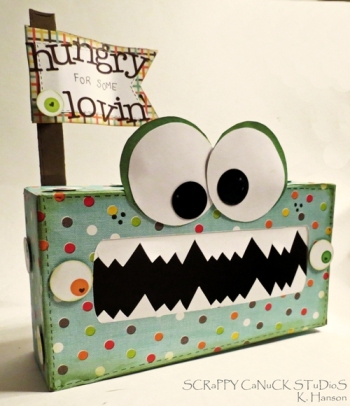
Resources
Back to Basics. Cognitive Development. Retrieved from: http://www.childcarehelp.org/basics7.pdf
Connect The Dots Worksheets & Printables. Retrieved from: http://www.education.com/worksheets/dot-to-dots/
Linda Drummond. Improve Handwriting with dot-to-dot worksheets. Retrieved from: http://www.kidspot.com.au/schoolzone/Maths-&-science-Learning-games-Improve-handwriting-with-dot-to-dot-worksheets+4200+316+article.htm



